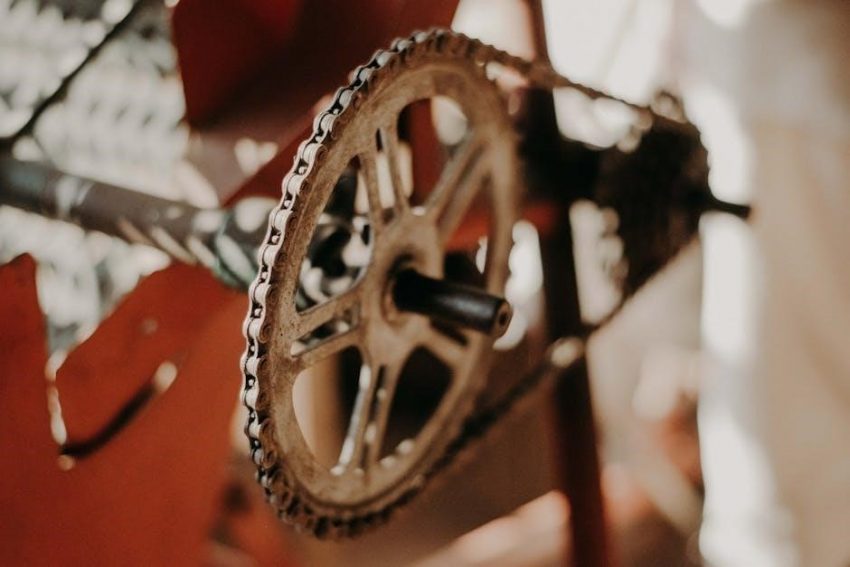The Twin Cam manual primary chain tensioner is a billet aluminum adjuster designed as a direct replacement for the original automatic version, allowing precise tuning and locking of chain tension for optimal performance in Harley-Davidson engines.
What is a Twin Cam Manual Primary Chain Tensioner?
A Twin Cam manual primary chain tensioner is a precision-engineered component designed to replace the factory automatic tensioner in Harley-Davidson Twin Cam engines. Made from billet aluminum, it offers a durable and adjustable solution for maintaining proper chain tension. Unlike automatic models, the manual adjuster allows riders to fine-tune the chain’s freeplay and lock it in place, preventing unwanted adjustments during aggressive shifting or riding conditions. This system ensures consistent performance, reduces wear on the chain and sprockets, and provides a more reliable solution for enthusiasts seeking precise control over their engine’s mechanics. It is specifically compatible with 2007-2017 Twin Cam models, including Touring and Softail bikes.
Importance of Proper Chain Tension in Twin Cam Engines
Proper chain tension is critical for the smooth operation, longevity, and performance of Twin Cam engines. Incorrect tension, whether too loose or too tight, can lead to premature wear on the chain, sprockets, and other components. A loose chain may jump teeth, causing misalignment and potential engine damage, while overtightening can result in excessive stress on the crankshaft and camshaft bearings. Maintaining the correct tension ensures efficient power transfer, reduces noise, and prevents costly repairs. It also enhances ride quality by minimizing vibrations and ensuring consistent engine performance. Regular adjustment is essential to uphold the engine’s reliability and durability, especially in high-mileage or heavily used bikes.
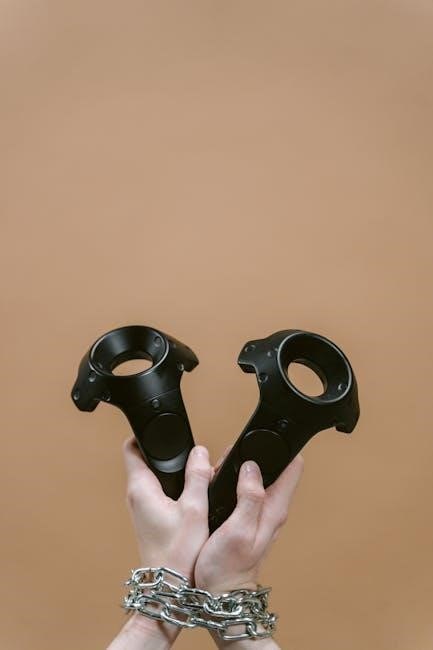
History and Evolution of Primary Chain Tensioners
Primary chain tensioners evolved alongside engine technology, transitioning from basic mechanical designs to sophisticated systems. Early models were simple, while modern versions incorporate precision engineering for optimal performance.
Development of Manual Adjusters in Harley-Davidson Engines
Harley-Davidson introduced manual adjusters for primary chain tensioners to enhance rider control and reliability. Initially, automatic tensioners were prevalent, but manual systems offered better precision, especially in high-performance engines like the Twin Cam. The manual adjuster was first widely adopted in the late 1990s, providing riders with a straightforward way to maintain optimal chain tension. This design eliminated reliance on automatic components, which could fail or malfunction. The system’s simplicity and durability made it a preferred choice for enthusiasts seeking consistent performance. Over time, manual adjusters became a staple in Harley-Davidson engines, ensuring reduced maintenance and improved longevity for the primary chain system.
Evolution from Automatic to Manual Tensioners
The transition from automatic to manual primary chain tensioners in Harley-Davidson engines marked a significant improvement in reliability and performance. Early automatic tensioners relied on mechanical components that could fail or wear out, leading to inconsistent chain tension; Manual adjusters were introduced to provide riders with direct control, ensuring precise tension adjustment. This shift addressed common issues like chain slippage and premature wear. Manual systems proved more durable and easier to maintain, eliminating the need for complex automatic mechanisms. The evolution reflects Harley-Davidson’s commitment to enhancing rider experience by offering components that combine simplicity, reliability, and superior performance, particularly in the Twin Cam engine design.
Working Mechanism of a Manual Primary Chain Tensioner
The manual primary chain tensioner operates through a straightforward mechanism, allowing riders to adjust chain tension via designated points, ensuring optimal performance and reliability in Twin Cam engines.
How the Manual Adjuster Ensures Proper Chain Tension
The manual adjuster ensures proper chain tension by allowing precise control over the primary chain’s tautness. Riders can tighten or loosen the chain by turning an adjustment screw or bolt, which moves the tensioner shoe against the chain. This mechanism prevents excessive slack or over-tightening, both of which can lead to premature wear or engine damage. Proper tension is verified using a tension gauge or by checking the chain’s deflection according to the manufacturer’s specifications. Regular adjustments are necessary to maintain optimal performance, especially after initial installation or long rides. This hands-on approach ensures reliability and minimizes the risk of chain-related issues in Twin Cam engines.
Key Components of the Twin Cam Chain Tensioner System
The Twin Cam chain tensioner system comprises several essential components designed to maintain optimal chain tension; The primary elements include the tensioner shoe, which applies pressure to the chain, and the manual adjustment mechanism, such as a screw or bolt, used to regulate tension. Springs are integrated to provide consistent pressure on the chain, ensuring minimal slack. The system also features a housing or bracket that securely mounts the tensioner to the engine, ensuring stability; Additionally, a guide or roller may be present to align the chain properly. These components work together to ensure smooth operation, prevent wear, and maintain the integrity of the primary chain in Twin Cam engines.

Installation and Adjustment Guide
Installing and adjusting the Twin Cam manual primary chain tensioner involves precise steps to ensure proper chain alignment and tension. Always consult the service manual for specific instructions.
Step-by-Step Installation Process
Start by removing the primary chain case cover and disconnecting the negative battery terminal. Locate the existing tensioner and remove it by loosening the mounting bolts. Install the new manual primary chain tensioner, ensuring it is properly aligned with the chain. Tighten the mounting bolts gradually, following the manufacturer’s torque specifications. Adjust the tensioner by turning the adjustment screw until the chain achieves the recommended slack. Use a tension gauge to verify proper tension. Reinstall the primary chain case cover and reconnect the battery. Test the motorcycle at low speed to ensure smooth operation and no chain noise. Proper alignment and tension are critical for optimal performance and longevity.
Tools and Materials Needed for Adjustment
To adjust the twin cam manual primary chain tensioner, essential tools include a torque wrench for precise bolt tightening, an adjustable wrench or socket set for loosening and tightening the tensioner bolts, and feeler gauges to measure chain slack accurately. A tension gauge is also required to ensure the chain tension meets the manufacturer’s specifications. Additional materials include a clean, lint-free rag for cleaning surfaces and silicone-based lubricant to prevent corrosion on moving parts. Safety gear such as gloves and safety goggles is recommended. Having all tools and materials ready ensures a smooth and efficient adjustment process, minimizing downtime and ensuring optimal performance.

Troubleshooting Common Issues
Common issues include over-tightening, chain slippage, or noise. Check tension regularly, ensure proper alignment, and replace worn components. Addressing these promptly prevents engine damage.
Identifying and Diagnosing Chain Tension Problems
Identifying chain tension issues in a Twin Cam manual primary chain tensioner involves checking for symptoms like unusual noise, vibration, or decreased engine performance. Inspect the chain for wear, misalignment, or excessive slack. Use a feeler gauge to measure the tension against specifications. Improper tension may cause the chain to slip or bind, leading to premature wear on gears and sprockets. Diagnose by verifying the tensioner’s adjustment and ensuring the chain is properly aligned. If issues persist, check for worn or damaged components in the tensioner system. Accurate diagnosis is crucial to prevent further damage and ensure smooth engine operation.
Common Mistakes to Avoid During Adjustment
When adjusting a Twin Cam manual primary chain tensioner, common mistakes include over-tightening, which can cause excessive wear on the chain and sprockets. Using the wrong tools or failing to follow the manufacturer’s torque specifications can also lead to improper adjustment. Forgetting to check the chain alignment or neglecting to refer to the service manual for specific instructions is another frequent error. Additionally, adjusting the tensioner while the engine is hot can result in inaccurate settings. Riders should also avoid over-lubricating the chain, as this can attract dirt and cause premature wear. Proper adjustment requires patience and attention to detail to ensure optimal performance and longevity of the system.

Maintenance and Care Tips
Regular lubrication of moving parts, cleaning debris, and inspections for wear are crucial. Refer to the service manual for proper maintenance procedures to ensure longevity.
Regular Maintenance for Optimal Performance
Regular maintenance is essential to ensure the twin cam manual primary chain tensioner operates smoothly. Inspect the chain and tensioner for wear or damage during routine service checks. Lubricate the chain with a high-quality motorcycle chain lube to prevent rust and friction. Check the tensioner’s adjustment bolt and ensure it is tightened according to the manufacturer’s specifications. Clean the area around the tensioner to remove dirt or debris that could interfere with its function. Replace any worn components, such as the tensioner shoe or chain, immediately to avoid engine damage. Consistent upkeep ensures precise chain tension, reducing wear on the engine and drivetrain.
Best Practices for Longevity of the Tensioner
To ensure the longevity of the twin cam manual primary chain tensioner, adhere to best practices. Always follow the manufacturer’s torque specifications when tightening bolts to prevent over-stressing components. Avoid over-tightening the chain, as this can lead to premature wear on the tensioner and engine. Store the bike in a clean, dry environment to reduce the risk of corrosion. Regularly inspect and clean the tensioner mechanism to remove dirt or debris. Use high-quality, OEM-recommended parts for replacements to maintain performance. Avoid extreme riding conditions that may stress the system. Proper adjustment and consistent care will extend the lifespan of the tensioner, ensuring reliable operation. Regular cleaning and lubrication are key to maintaining its durability and functionality over time.

Advantages of Using a Manual Primary Chain Tensioner
The manual primary chain tensioner offers reliability, precise control, and simplicity in design. It provides better durability and cost-effectiveness compared to automatic systems, ensuring consistent performance and longevity.
Benefits Over Automatic Tensioners
The manual primary chain tensioner offers superior reliability and simplicity compared to automatic models. It eliminates the reliance on springs or hydraulic systems, which can fail over time. With a manual adjuster, riders gain precise control over chain tension, ensuring optimal engine performance and reducing wear on moving parts. This system is also more cost-effective in the long run, as it requires less complex components and maintenance. Additionally, manual tensioners are less prone to malfunction under extreme conditions, making them a preferred choice for enthusiasts seeking durability and consistent performance. Overall, the manual design provides a straightforward, efficient solution for maintaining proper chain tension in Twin Cam engines.
Performance Improvements in Twin Cam Engines
The Twin Cam manual primary chain tensioner enhances engine performance by maintaining consistent chain tension, reducing wear on critical components. Proper tension minimizes chain slap and vibrations, ensuring smoother operation and quieter running. This consistency also prevents premature wear on the chain, sprockets, and engine cases, leading to improved durability. Additionally, precise tension control reduces the risk of chain derailment, which can cause power loss and engine damage. By eliminating the variability of automatic tensioners, the manual system delivers reliable performance across various riding conditions, making it a preferred upgrade for riders seeking optimal engine efficiency and responsiveness in their Twin Cam engines.

Applications and Compatibility
The Twin Cam manual primary chain tensioner is compatible with Harley-Davidson models featuring Twin Cam engines, including Softail, Touring, and Dyna models from 1999 to 2017. It fits engines with displacements ranging from 88 to 107 cubic inches, ensuring optimal performance in various riding conditions, whether on the street or track, making it ideal for riders seeking precise control over their bike’s primary chain system.
Compatibility with Harley-Davidson Models
The Twin Cam manual primary chain tensioner is specifically designed for Harley-Davidson motorcycles equipped with Twin Cam engines, spanning model years from 1999 to 2017. It is fully compatible with popular models such as Softail, Touring (including Electra Glide and Street Glide), and Dyna series bikes. The tensioner is engineered to fit engines with displacements ranging from 88 cubic inches to 107 cubic inches, ensuring precise compatibility and optimal performance. This makes it a versatile and reliable upgrade for riders seeking to maintain proper chain tension across various Harley-Davidson platforms. Its universal fitment within the Twin Cam family ensures ease of installation and reliability for enthusiasts and mechanics alike.
Usage in Different Riding Conditions
The Twin Cam Manual Primary Chain Tensioner is designed to perform reliably across various riding conditions, ensuring optimal chain tension and engine performance. In city traffic, where frequent acceleration and deceleration occur, the manual adjuster helps maintain consistent chain tension, reducing wear and tear. On long highway rides, it prevents chain slackening, which can lead to premature wear on engine components. For off-road or uneven terrain, the tensioner’s adjustability ensures the chain remains tight, minimizing the risk of jumping teeth or breakdowns. Whether cruising at low speeds or pushing the engine to its limits, the manual primary chain tensioner adapts to deliver consistent performance and durability.
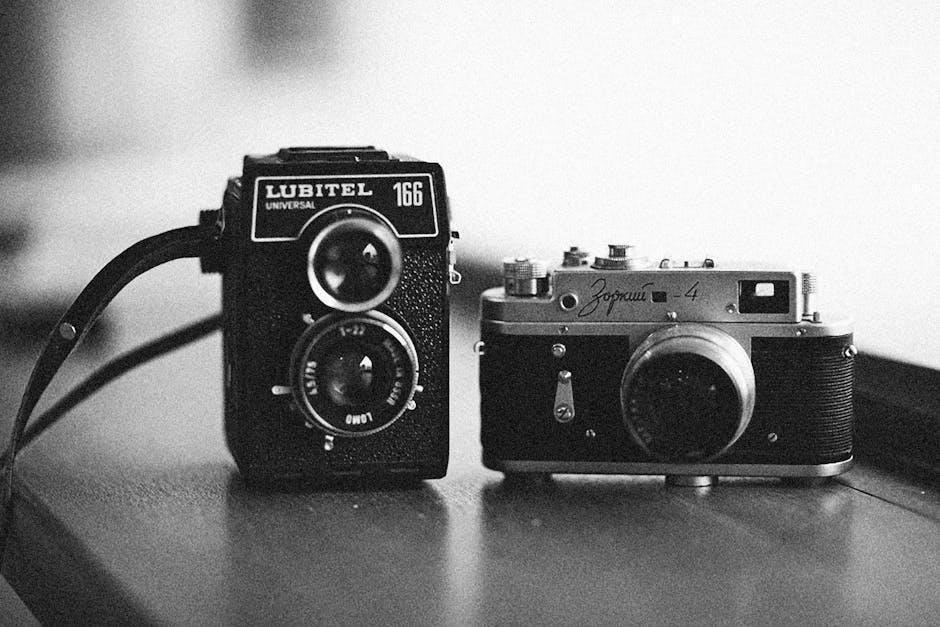
Safety Considerations
Proper chain tension is critical for safe riding, as excessive slack or tightness can lead to component failure or loss of control.
- Avoid over-tightening, as it may cause premature wear or damage to engine components.
- Always follow manufacturer guidelines during adjustment to ensure rider safety and system reliability.
- Wear protective gear when working with chains and tensioners to prevent injuries.
Importance of Proper Tension for Safe Riding
Importance of Proper Tension for Safe Riding
Proper chain tension is critical for safe riding, as it directly impacts the performance and reliability of the motorcycle. A chain that is too loose can slip or jump teeth, leading to loss of power and control, while a chain that is too tight can cause excessive wear on the engine and chain components. Improper tension increases the risk of chain breakage, which can result in costly damage or even an accident. Maintaining the correct tension ensures smooth power delivery, reduces the risk of mechanical failure, and provides consistent control over the bike. This is especially vital for Twin Cam engines, where chain failure can lead to severe engine damage. Always prioritize proper tension adjustment for a safer and more reliable ride.
Precautions While Adjusting the Chain Tensioner
When adjusting the Twin Cam manual primary chain tensioner, it is crucial to follow safety guidelines to avoid accidents and ensure proper functionality.
- Always ensure the engine is turned off and the motorcycle is on a stable stand to prevent accidental startups or movement.
- Wear protective gloves and safety glasses to protect against potential debris or tools slipping during adjustment.
- Use the correct tools, as specified in the manual, to avoid damaging the tensioner or surrounding components.
- Avoid over-tightening, as this can lead to excessive wear on the chain and sprockets, potentially causing premature failure.
- Never adjust the tensioner while the chain is under load, as this can result in inaccurate tension settings.
- Double-check the manufacturer’s torque specifications and tension settings to ensure accuracy and safety.
- Inspect the chain for wear or damage before adjustment, as a worn chain may require replacement rather than adjustment.
By following these precautions, riders can ensure a safe and effective adjustment process, maintaining the performance and longevity of the Twin Cam engine.
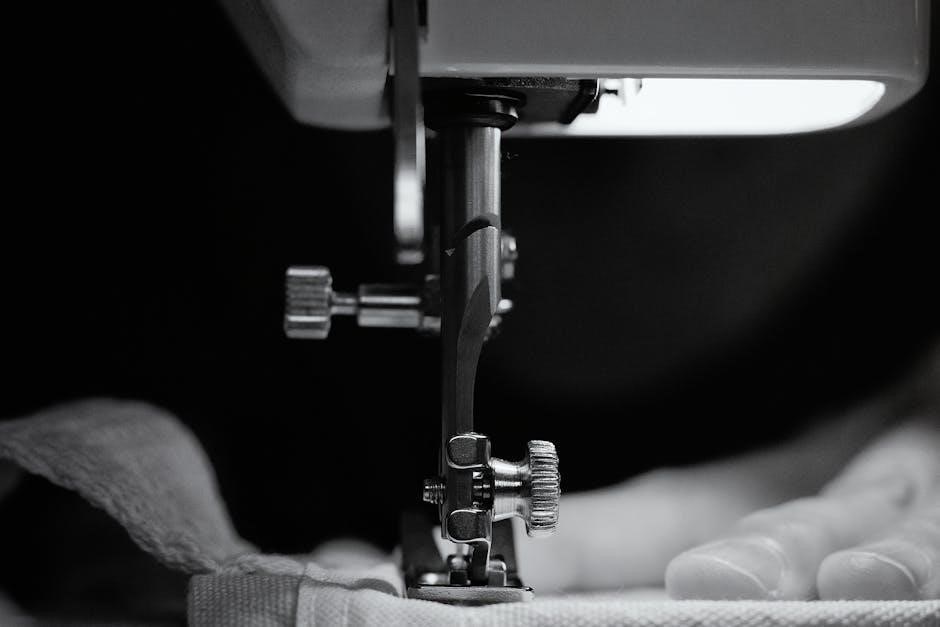
Cost and Value Analysis
Cost Comparison with Other Tensioners
The Twin Cam manual primary chain tensioner is competitively priced, offering a cost-effective solution compared to automatic tensioners while maintaining reliability and performance.
Value for Money in Long-Term Use
Its durable construction and minimal maintenance requirements ensure long-term savings, making it a valuable investment for riders seeking consistent performance and reduced wear on engine components.
The Twin Cam manual primary chain tensioner offers a cost-effective solution compared to automatic or hydraulic tensioners. Manual models typically range from $50 to $200, making them more affordable. Automatic tensioners, while convenient, can cost between $200 and $400, with hydraulic versions priced higher, around $300 to $500. Manual tensioners require periodic adjustments, which, while needing effort, often result in lower long-term maintenance costs. This balance of upfront savings and manageable upkeep makes manual tensioners a practical choice. Riders prioritize cost-effectiveness without compromising performance, finding manual models to offer enduring value despite adjustment needs.
The twin cam manual primary chain tensioner offers exceptional value for money in long-term use due to its durability and low maintenance requirements. By eliminating the need for frequent adjustments, it reduces labor costs and extends the lifespan of the primary chain. The absence of complex components like springs or hydraulic systems minimizes the risk of costly repairs. Over time, the manual adjuster proves to be a cost-effective solution compared to automatic tensioners, which may require more frequent servicing. Its robust construction ensures consistent performance, making it a practical investment for riders seeking reliability and efficiency in their Harley-Davidson engines. This makes it a smart choice for long-term use.
The Twin Cam Manual Primary Chain Tensioner offers reliable performance, ease of adjustment, and enhanced durability for Harley-Davidson engines, ensuring optimal chain tension for smoother rides and longevity.
Final Thoughts on the Twin Cam Manual Primary Chain Tensioner
The Twin Cam Manual Primary Chain Tensioner is a vital component for ensuring optimal performance and longevity in Twin Cam engines. Its manual adjustment feature provides precise control over chain tension, which is crucial for maintaining engine durability and performance. By eliminating the reliance on automatic systems, it offers a cost-effective and reliable solution for riders. With proper installation and regular maintenance, this tensioner can significantly enhance the overall riding experience. It is a testament to the evolution of engine technology, blending simplicity with effectiveness. For Harley-Davidson enthusiasts seeking a dependable and efficient chain tensioning system, the Twin Cam Manual Primary Chain Tensioner remains an excellent choice.
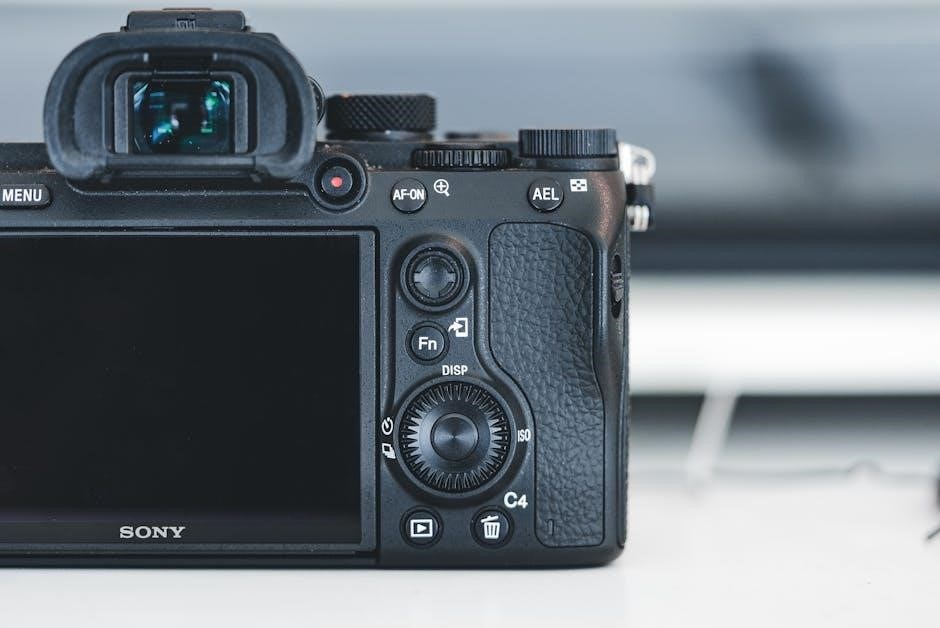
Frequently Asked Questions
Common Queries About the Manual Tensioner
The Twin Cam manual primary chain tensioner ensures proper chain alignment and tension, preventing engine damage. It is designed for Harley-Davidson Twin Cam engines, offering precise control. Riders often ask about installation steps, adjustment frequency, and compatibility with specific models. Regular maintenance, such as lubrication and inspection, is recommended to ensure longevity. Proper tension adjustment is critical to avoid chain wear or engine damage. Always refer to the manufacturer’s guidelines for accurate setup and troubleshooting.
One of the most frequently asked questions about the Twin Cam manual primary chain tensioner is how often it needs adjustment. Riders often inquire about the signs of improper tension, such as noise or vibration. Another common query is whether the manual tensioner is compatible with all Harley-Davidson models or only specific years. Some users ask if the manual adjuster requires special tools for adjustment. Additionally, there are questions about the differences between manual and automatic tensioners in terms of maintenance and performance. Lastly, many riders seek advice on troubleshooting issues like slipping or binding chains, which are often related to tensioner adjustment. These queries highlight the importance of proper setup and maintenance for optimal engine performance.

